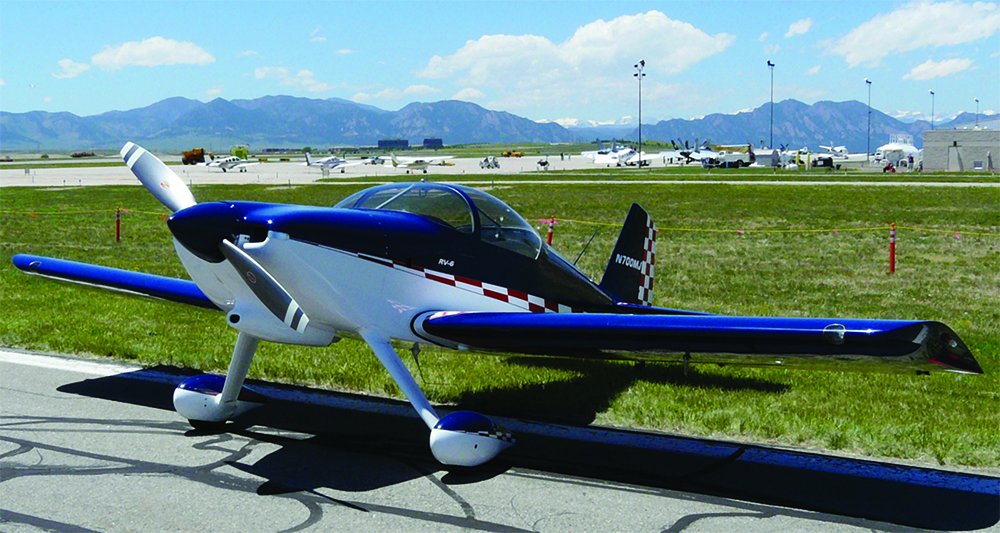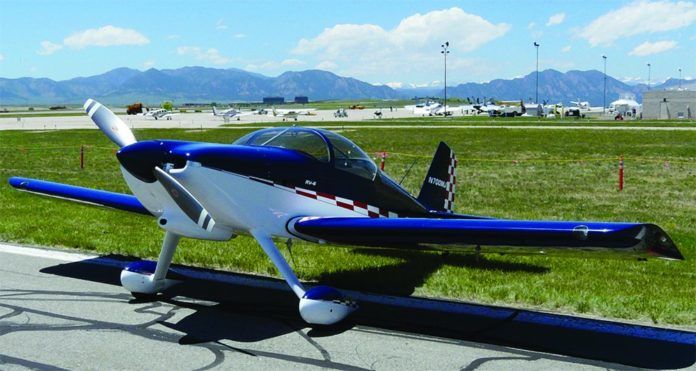According to EAA, homebuilt aircraft safety improved in late 2015, with the number of fatal accidents dropping significantly over a 12-month period covering much of 2015. Fatal accidents involving experimental, amateur-built aircraft (EABs) during the 2015 federal fiscal year—October 2014 through September 2015—fell 20 percent from the previous 12-month period the association said. The specific totals indicate 40 fatal accidents in those aircraft during the period, compared to 51 during the prior year.
“This is excellent news to see this type of reduction in fatal accident numbers, which are already smaller than other types of popular recreational pursuits, such as paddle sports, horseback riding, and driving all-terrain vehicles,” said Sean Elliott, EAA’s vice president of advocacy and safety.
Additionally, the number of fatal accidents for other experimental aircraft, including racing aircraft, those used for exhibition only, research-and-development and some types of light-sport aircraft also fell during the period. Importantly, the raw data include an increased number of flight hours in recent years and a greater total of amateur-built aircraft on the FAA register. In other words, the fatal accident rate among EABs dropped along with the overall number.

The improved safety numbers come less than four years after a 2012 NTSB safety study, The Safety of Experimental Amateur-Built Aircraft, found that EAB aircraft “represent nearly 10 percent of the U.S. general aviation fleet, but these aircraft accounted for approximately 15 percent of the total—and 21 percent of the fatal—U.S. general aviation (GA) accidents in 2011.” The NTSB study resulted in 12 recommendations to the FAA and four to EAA. The recommendations sought to improve pilots’ access to transition training, encourage using recorded data during flight testing, ensuring used EAB aircraft sales include necessary performance documentation and improving identification in the FAA’s aircraft registry.
New Draft ACs on Wx, FIS
Anyone who did their primary training within, say, the last 40 years should be familiar with FAA Advisory Circulars AC 00-6B, Aviation Weather, and AC 00-45H, Aviation Weather Services. They contain the kind of reference material you’ll need to know for the private pilot written exam and are fair game during the practical test. One thing you may remember about them is their 1960s-era graphics and production values. All that’s going to (finally…) change soon.
The FAA has published for public comment draft revisions to the two ACs, as well as a handful of others useful to GA and other operators. The revised ACs explain and update available weather information, policy and products, provide new information on weather phenomena critical to aviation, and update modern concepts of meteorology and radar meteorology. New graphics and illustrations are incorporated throughout them both. An example of the graphical weather products explained in them is reproduced on the opposite page.
Also out with a draft update is AC 00-63A CHG 1, Use of Flight Deck Displays of Digital Weather and Aeronautical Information. The proposed revision “provides guidance…on the use of data link to access Flight Information Services (FIS),” both the FAA’s version and those offered by commercial data link providers.
Although the draft ACs were published specifically to seek public comment, the due date for feedback likely will have passed by the time you read this. All three draft ACs, plus other documents, are available on the FAA’s Web site, at www.faa.gov/aircraft/draft_docs/afs_ac/.

Avgas 2.0 Update
The FAA’s efforts to approve a new, unleaded aviation gasoline are continuing, with an ongoing series of lab tests being conducted at the agency’s Atlantic City, N.J., research facility. Samples of the tested fuels have been heated and cooled to extreme temperatures, in fuel injection systems, tanks and supply lines, as one example of the ongoing tests.
In September 2014, the FAA’s Technical Evaluation Committee (TEC) requested sample fuels from three offerors and in March 2015 began a series of laboratory, rig and engine tests. According to AOPA, the tests are “designed to winnow down the candidate fuels that will be put through the second, and final, phase of testing that will begin in 2016. That phase, which will include real-world testing in a variety of aircraft, is scheduled to conclude in 2018.”
Recently, the FAA published a series of images and descriptions of its test program, much of which is already complete, with the remainder having been scheduled to conclude in December 2015. That will conclude the agency’s Phase 1 testing program. The FAA says its TEC is set to meet in January 2016 to review the data obtained during the testing and update their fleet impact assessments.
Based on the updated assessments, the TEC will select two fuels determined to have the “lowest impact on the GA fleet and the production and distribution infrastructure.” The two winners then will enter the FAA’s Phase 2 testing program early in 2016. Phase 2 testing and associated reports are scheduled for completion by December 2018.
AOPA Vice President of Regulatory Affairs David Oord represents the association on the Piston Aviation Fuels Initiative (PAFI) Steering Group. “This is a complex effort with a lot of moving parts, but the FAA, industry, and the GA community are committed to finding a safe, reliable replacement for leaded avgas,” Oord said in September.




